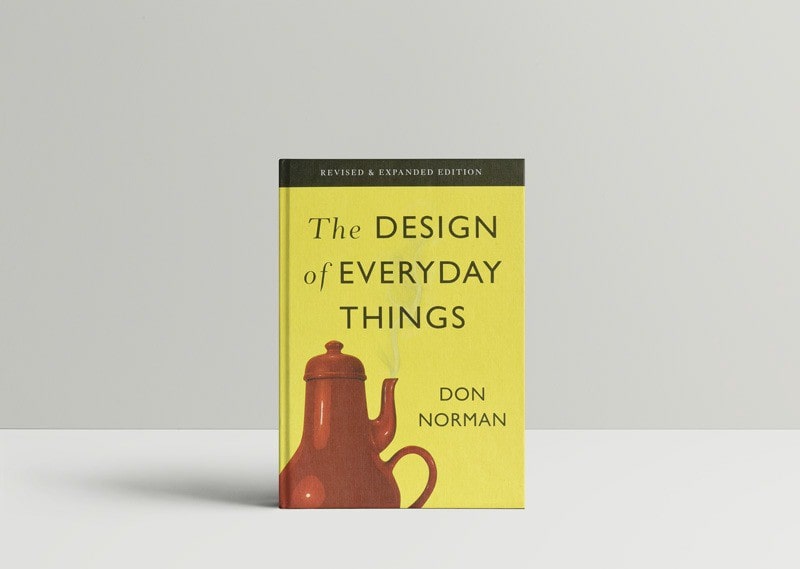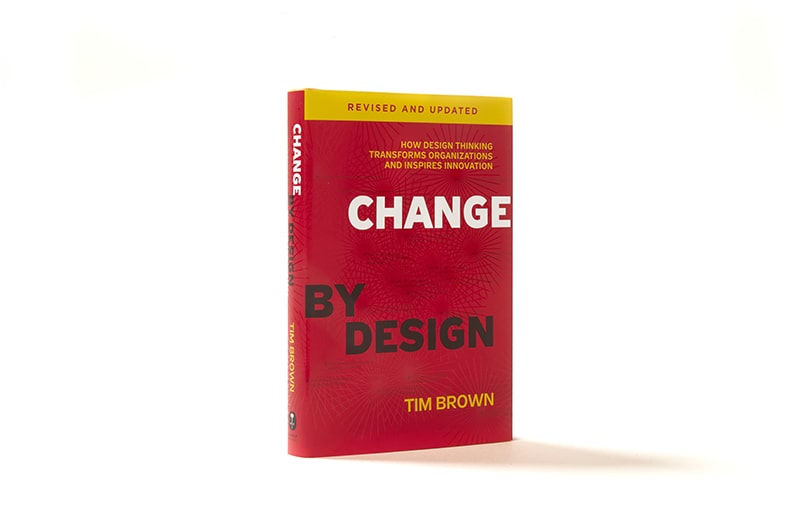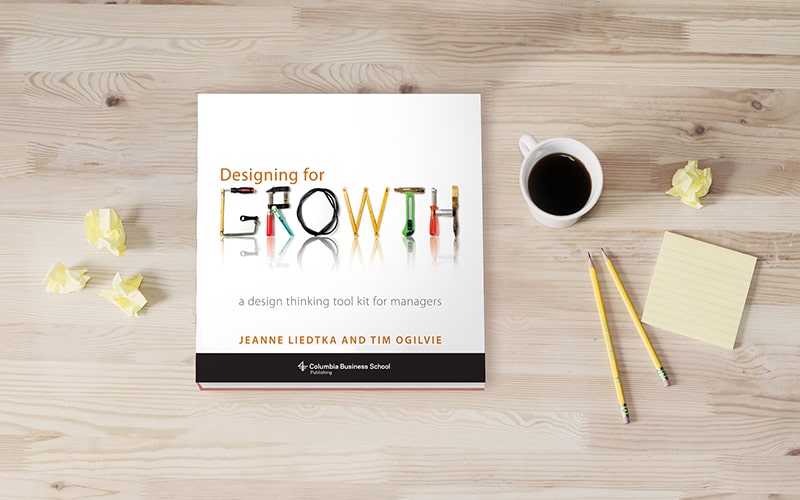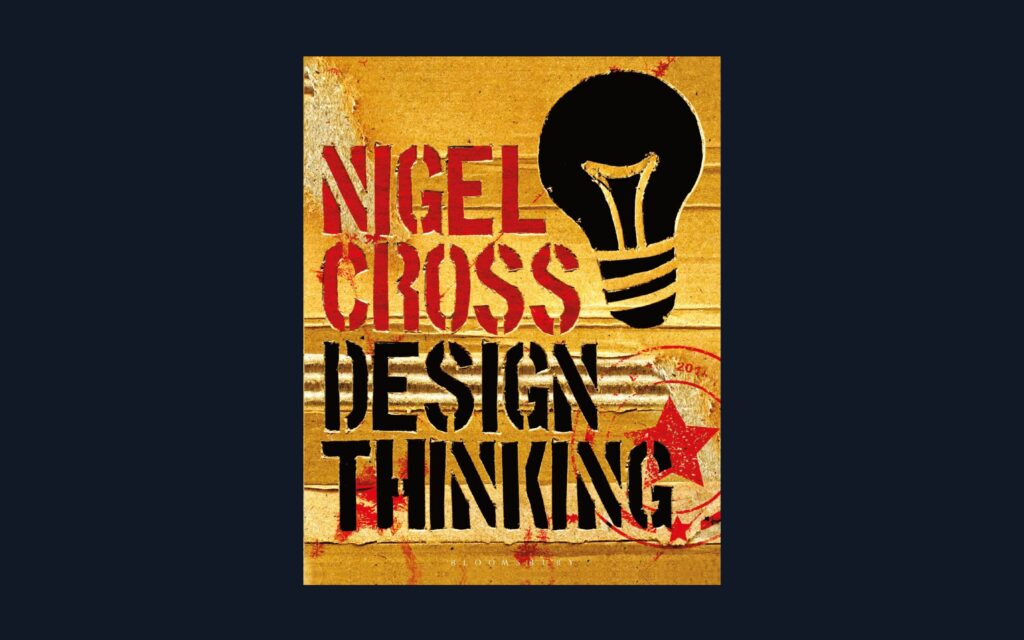It’s easy to think of design as a way to make something look nice. But it’s so much more than that. Design is how we interact with the world around us and how the world interacts with us. It can take many forms, from industrial design (the stuff you see on store shelves) to graphic design (the stuff you see on websites). If you are looking to know how design works there are plenty of books on these topics out there! Here are a few of our favorites:
1. The Design of Everyday Things by Don Norman
This book is about the design of everyday things. It describes the thought processes that went into making the things you use in your home, at work, and elsewhere. It explains why some designs are better than others, how they work, and how to use them effectively.
The book covers many areas of interest to designers and non-designers alike:
- What makes a good design? How do people interact with objects? Is it because they know how they’re supposed to be used? Or is there something else going on?
- Why are some designs confusing or annoying while others seem easy to use? How did we get here and where should we go next?
- Why do so many products have difficult-to-use interfaces (e.g., door handles) when it would be so simple for manufacturers just not to make them like that anymore—and yet companies still continue making such products over and over again despite knowing better!

2. Change by Design by Tim Brown
There is no doubt that the world has changed since the publication of this book. In fact, Brown’s definition of design as a process of making things better for people may be even more relevant today than it was back when Change by Design came out in 2009.
But if you’re looking for an introduction to how design works, Change by Design is as good a place to start as any. It describes Brown’s philosophy and approach to designing products, services, and experiences—and it does so with plenty of examples from his own career at IDEO (the international design firm).

3. Living with Complexity by Donald A. Norman
Norman’s book is about the way we can deal with complexity. The book covers how to create an environment that is more complex, rather than try to reduce complexity when it comes about. The author also gives a lot of examples of how things work in life, and how they should work in order to be more efficient or just simpler for us humans.

4. About Face 3: The Essentials of Interaction Design by Alan Cooper, Robert Reimann, and David Cronin
About Face 3: The Essentials of Interaction Design is a book that covers the fundamentals of user-centered design. It was written by Alan Cooper, Robert Reimann, and David Cronin, and it was first published in 2001.
This book is good for people who are just beginning to learn about interaction design or those who want to learn more about the subject. It’s also a great book for those who have been working in this field for some time but want to keep their skills sharp by learning more about specific topics like interfaces or how technology affects our lives.
There are two main sections in About Face 3: The Essentials of Interaction Design: “Visualize” and “Organize” (about five chapters each). These sections break down into smaller ones that focus on specific topics such as visual hierarchy, information architecture, and typography—they’re all very detailed yet easy enough to grasp even if you’re not familiar with these concepts yet!

5. In the Bubble: Designing in a Complex World by John Thackara
In the Bubble is one of the most in-depth and easy-to-read books about complexity. In it, John Thackara makes a case for why simplicity is important. He says that today’s world is so complex that we need to learn how to deal with it better.
The book starts off by defining complexity but then gets into how it affects our lives and work, as well as ways to design for it—such as simplifying things. This book helped me understand what kinds of design patterns exist when we’re working with complex problems.

6. How Buildings Learn by Stewart Brand
In this book, Stewart Brand explores the importance of adaptability in architecture. He does so through a series of case studies that examine how buildings change over time, both with use and in response to their physical environment. A central theme of “How Buildings Learn” is that an important part of good design is flexibility—both from the perspective of designers and users. When we consider these two things together, it becomes clear that there are many opportunities for our designs to improve over time as we continuously learn more about what works best for our users and environments.

7. Designing for Growth by Jeanne Liedtka and Tim Ogilvie
If you’ve ever wondered how design can help businesses grow, this book is for you. Written by Jeanne Liedtka and Tim Ogilvie, Designing for Growth begins with a discussion of why design is so important for success in business. It then goes on to describe the value of design thinking—the collaborative process that involves empathy, prototyping, and storytelling—and how it can help your business achieve its goals.
The authors also address common misconceptions about design thinking:
- Design thinking isn’t just about making things look pretty; it’s about solving problems by asking questions and taking action based on what we learn
- You don’t need to be a designer in order to implement these methods into your company’s culture or workflow

8. Design Thinking Research by Nigel Cross
Design Thinking research is a methodology for understanding the needs of customers and users.
Design thinking research is about observing and listening to customers. It’s about getting out from behind your desk and talking to people who will use your product, service, or website. It’s about experimenting with ideas and prototypes in ways that allow you to learn quickly and effectively what works, what doesn’t work, how something could be improved; how much people like an idea before they see it in real life — things like this are important for making sure that your design has a good chance of success when it comes time for launch or deployment.

9. The Shape of Design by Frank Chimero
When you think of design, what comes to mind? Do you see a sleek product or an infographic that explains how to do something in easy steps? Maybe you think about the website’s colors or the office furniture. Design is everywhere, and it’s not just visual.
In The Shape of Design: Essays on Software, Interaction Design, and Design Thinking by Frank Chimero, Frank explores the many aspects of design and its purpose as we know it today. What makes this book so special is that rather than offer advice on how to become a designer or write a long list of rules for designing products, he provides an overview of why designers work in specific ways.

10. The Laws of Simplicity (Simplicity) by John Maeda
The Laws of Simplicity by John Maeda is a look at simplicity through the lens of design and technology. That’s right, it’s not just about art or fashion (though there are plenty of those examples) but also about mechanical engineering and other fields that rely heavily on the concept of simplifying complex processes into something elegant and useful.
The book lays out 10 laws that guide designers in creating simple things:
- Law 1: The Law of Clarity—that things should be clear for anyone to understand them easily.
- Law 2: The Law of Familiarity—that people should feel comfortable using new technology because they’re already familiar with it in some way.
- Law 3: The Law of Integrity—that the parts should work together in harmony without any unnecessary components or features getting in their way, resulting in an elegant solution that can be easily understood by most people who use it regularly without feeling intimidated by its complexity or size relative to other products like smartphones

You can put design to work for you in your life.
You can put design to work for you in your life. You can use it to solve problems, make things more efficient, and make them more beautiful and usable. Design is a tool that’s available to everyone because we all live in a world designed by others and we all have the ability to change it through our own actions.
Design is also a process: designers observe humans and their world, think about what they see from different perspectives and then try out new ideas (which may be informed by past experience or research into other fields). Sometimes these ideas are successful; sometimes not. Learning from failure means learning how people react—and what kinds of reactions should be expected when something new comes along; that way you can adjust your designs in order for them to succeed next time around!
Conclusion
We’ve covered the most important books about how design works. If you want to learn more about this topic, check out these titles!


